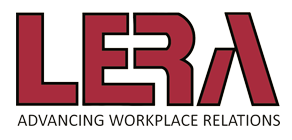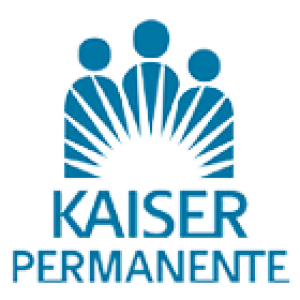|
Facebook provides two main marketing tools for organizations. These are Facebook pages and group. The two major differences between the two include:
Please note that the person setting up a Facebook Page or Group, will need to setup a personal Facebook account as well. Be sure to build a Facebook page and use it to promote all your Chapters events, activities, announcements, and deadlines. There is probably no need to build separate Facebook pages for particular events; that will pull focus. Create a Facebook Page for your LERA Chapter. Create a Facebook Group for your LERA Chapter. LinkedIn has a business focus and should reflect more the more professional side of the Association. It's essential to have a LinkedIn presence as an organization, but subgroups can be used to generate a community for a particular event, or conversations among connections surrounding events or simply relevant topics. This is another tool your Chapter can use for important insight into what's important to various gro ups. Be sure to not allow the site to go un-tended for long periods of time or allow spam to build up. Create a LinkedIn Group for your LERA Chapter. Both Firefox and Internet Explorer have LinkedIn toolbars to allow you to post a discussion to multiple groups at once - this is very handy! Twitter can be used for very brief updates, and is a natural tool for events, with almost half of tweets coming from mobile devices. Get the ball rolling early and establish a hashtag for your event as far out as possible, and include the hashtag in every tweet related to your event. Successful tweets include basic event awareness updates and headline information, as well as questions to promote conversation. You can tweet the same message in different ways to grab people's attention better. Chapter officers should also encourage speakers to help spread the word through tweeting about their appearances on your pogram. Monitor the twitter feed to identify trends, and try to tweet something each day. YouTube YouTube allows you to create a channel for your event or community where you can post promotional and informational videos. For events, be sure to post videos about the destination or conference center. Tag all the videos for search engine optimization. Make sure you don't create a channel until you have a cashe of videos to populate it, or ignore your channel once it's created. Be sure to link to it from content on your website and/or put a player on your site. PinterestOne of the newest social media outlets for events and other chapter information is Pinterest. The site serves as a virtual corkboard for images: You create a Pinterest account and then can create different "boards" -- basically photo albums -- of digital pictures. These aren't necessarily photos you've taken yourself, they could be images you find anywhere on the web. You simply "pin" the image to you board. Here you can tempt attendees with photos of your event and event destination, post speaker headshots, create a board for the event's communications, pin screen grabs of emails relating to the event, and create boards of infographics related to the event. Be sure to avoid creating boards until you have images to post and don't link to text-heavy items such as speaker bios. |

